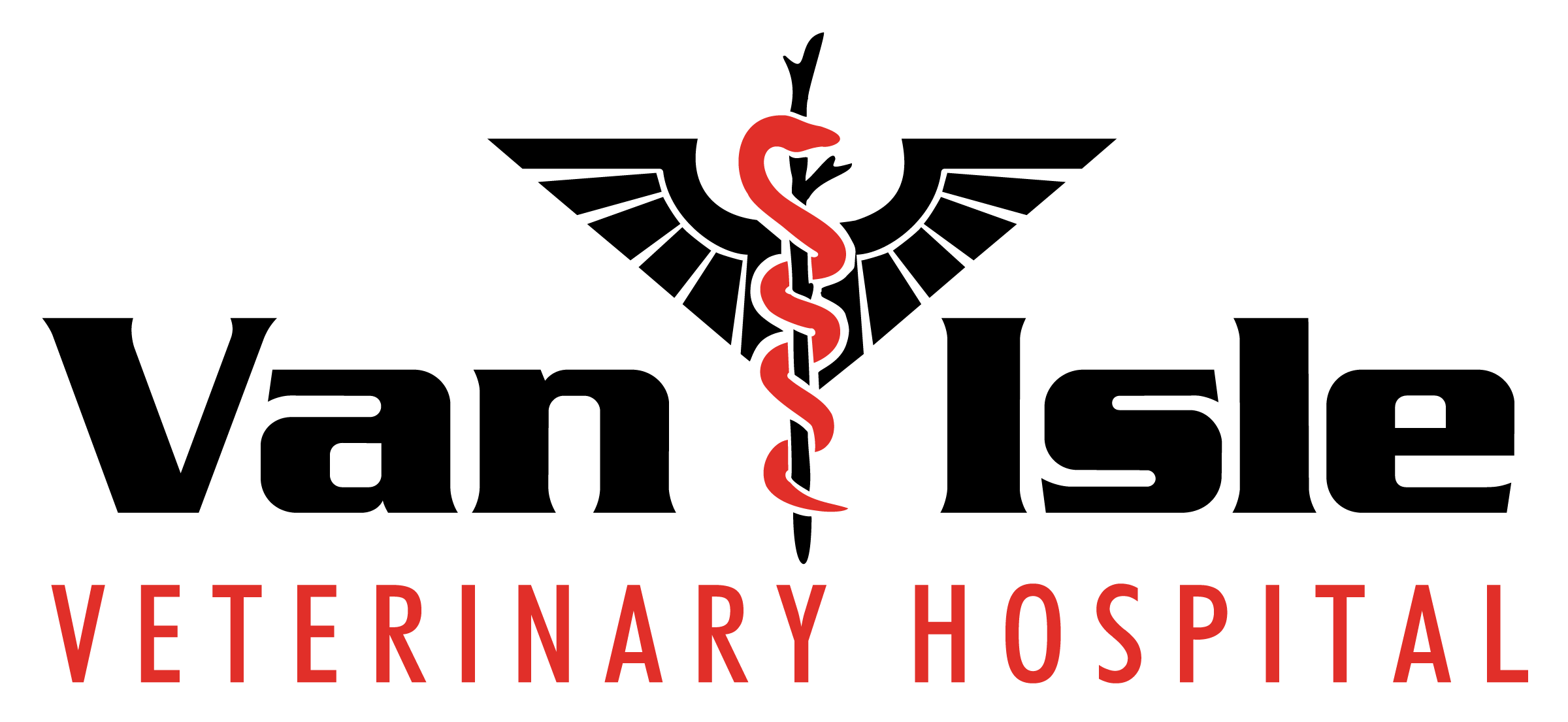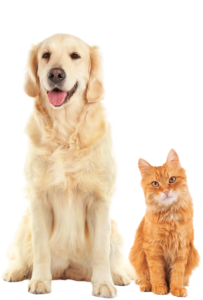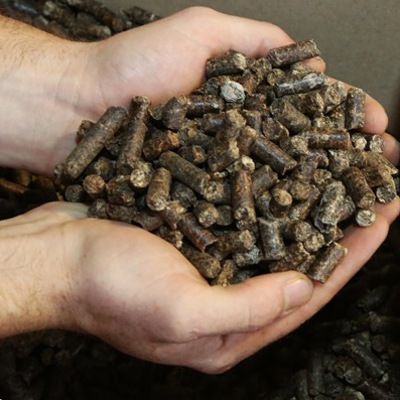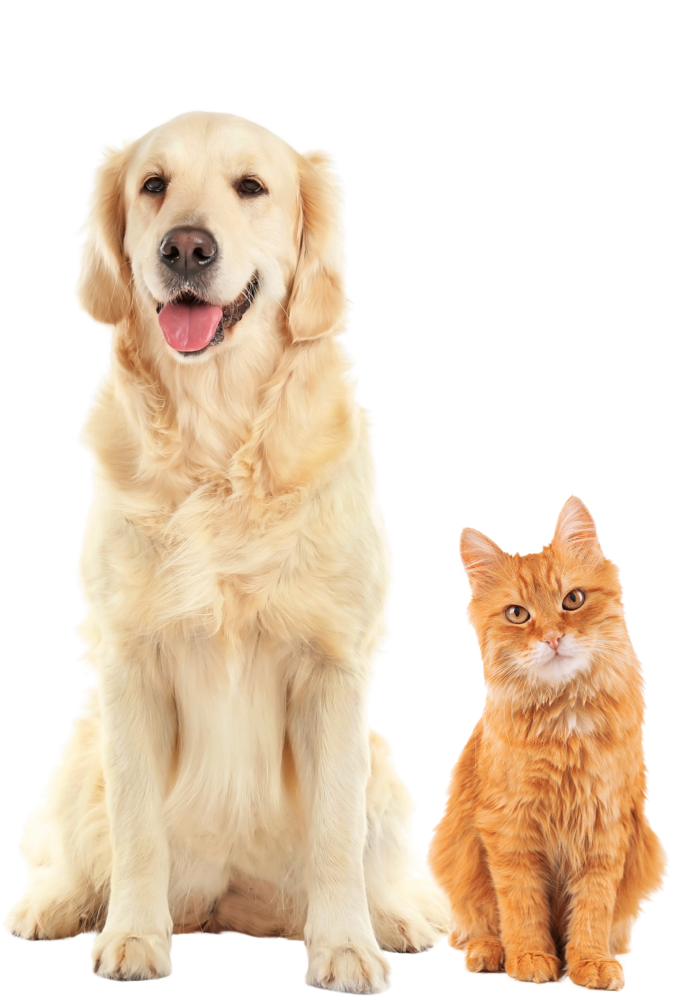Anyone who has ever owned a horse knows what beet pulp is. Beet pulp is a by-product of the sugar beet industry that is commonly used as a source of energy and fibre in horses and other farm animals.
It is the fibrous component of the beets left over after processing and is commonly available in a pelleted form which is soaked prior to feeding. Beet pulp is also seen in the ingredients of pet foods as it is an excellent source of insoluble fibre. Insoluble fibre is valuable. Unfortunately, dried beet pulp is a very real danger to our pets if ingested in significant amounts. Here at Van Isle Veterinary Hospital, we’ve seen a few unlucky patients in critical distress, requiring immediate, emergency surgery after ingesting large amounts of beet pulp. The pellets have an astonishing ability to absorb water and expand in volume to many times the dried amount.
When fed to horses, 1 cup of pellets is often soaked in 2 – 4 cups of water before feeding to get the final volume. As you can imagine, it is problematic when a dog gorges themselves on unprotected pellets as dogs are not known for their capacity for restraint when chancing upon a potential treat. When the pellets reach the stomach they start absorbing fluid and expanding, causing pressure in the stomach and discomfort. This can start to happen quite quickly after ingestion and time can mean life or death.
Normally when a dog gorges on too much food material, they will vomit the excess to relieve pressure in their stomach. Unfortunately, the beet pulp pellets form a firm mass that the dog is unable to vomit and thus cannot relieve the pressure in the abdomen. These dogs often present with repeated attempts to vomit with no success, a large, hard stomach, elevated heart rate and severe pain after eating the pellets. At the hospital, the distended stomach is easily confirmed on x-ray.
This is a medical emergency that needs to be treated quickly to avoid a horrible outcome for your pet. If the stomach is significantly distended, surgical removal of the material is the best chance for success. This can often be a difficult, lengthy surgery. After a successful surgery to remove the blockage, most patients will be required to remain in hospital on IV fluids and pain control; as well as for observation for an additional 24 – 48 hrs.
The best medicine is prevention! Dogs are extremely clever when it comes to finding a hidden food source. Don’t leave it to chance. Even a sealed Tupperware or contained bin can be opened by the most determined of canines. If possible, always keep your feed locked up in a tack room or in a storage cupboard up and out of your pet’s reach. If your dog ingests beet pulp or you are suspicious of ingestion, don’t wait! Seek immediate help from your veterinarian.
Written by Dr. Laura Davenport




